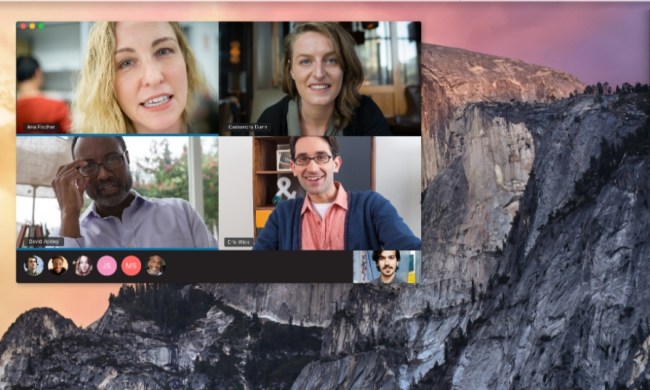
Microsoft has an internal “no-holds-barred ode to hack culture” it calls The Garage, and the group of Microsoft employees devoted to creating innovative software products has grown from a few hundred in 2013 to many thousands of active employees today. The Garage is organized into “spaces” based on locations and communities where diverse groups of Microsoft employees exist, and the company has added a few new spaces recently with three more planned for 2017 and early 2018.
Microsoft decides on where to create a new Garage space by looking at combinations of employees, locations, and physical spaces defined by the company’s Real Estate & Facilities (RE&F) team. According to Jeff Ramos, Garage leader, “Our development of new Garage spaces has been defined by a pure and genuine desire to partner by both RE&F and us. RE&F listens to our vision, hears our business goals, and then thinks about how to best represent those outcomes through great architecture, design, and facilities.”
Most recently, Microsoft added new spaces in Vancouver, British Columbia in June 2016, Herzilya, Israel in July 2016 and most recently Silicon Valley is up and running with a formal grand opening in the “upcoming months.” These new spaces join the flagship location in Redmond, Washington, with a total of seven spaces either open or under construction.
Next up are locations in Beijing, China, scheduled for the first half of 2017, Hyderabad, India, in the second half of 2017, and then Cambridge, Massachusetts, in early 2018. Those areas, according to Microsoft, have “large concentrations of employees — a critical mass with a high level of diversity that is ripe for innovative thinking. They should have substantial interest and participation in Garage activities and the desire to build strong connections to local tech and higher education communities.”
As the Garage continues to grow, we’re likely to see even more examples of software the increases the company’s presence on all important platforms as well as ensuring it stays relevant. As Ramos says, “Anywhere we can share the culture of The Garage, we’ll do it. And really, that’s all of Microsoft. That’s who we are now as a company — it’s part of our culture. So in collaboration with RE&F, we will continue making Garage spaces around the world.”


